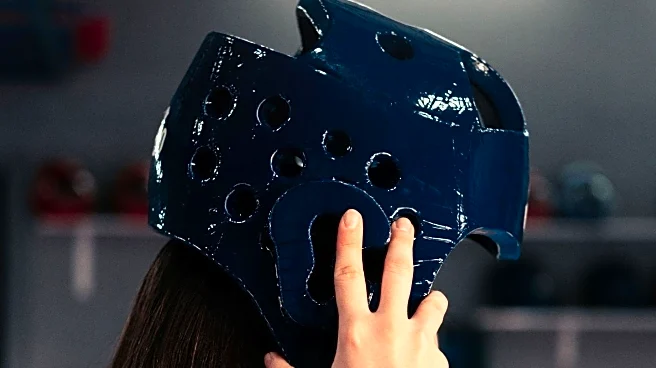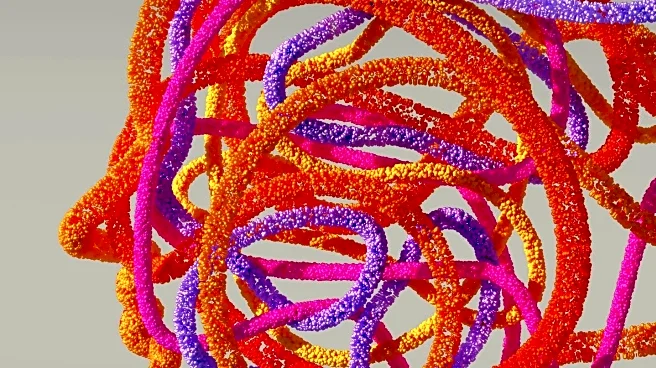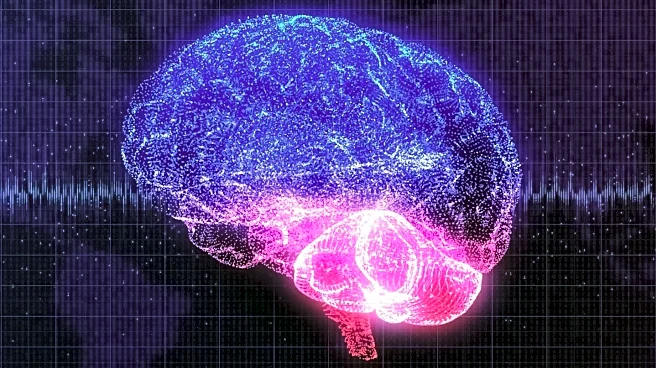What is the story about?
What's Happening?
Researchers at Johns Hopkins University have developed an MRI technique that measures brain iron levels to predict mild cognitive impairment (MCI) and cognitive decline in older adults. The study involved 158 participants and used quantitative susceptibility mapping (QSM) MRI to assess brain iron at baseline, with follow-up over 7.7 years. Higher iron levels in specific brain regions were linked to increased risk of MCI, particularly in individuals with amyloid abnormalities, suggesting potential for early intervention.
Why It's Important?
This MRI technique offers a noninvasive method to identify individuals at risk of cognitive decline, potentially allowing for earlier interventions in conditions like Alzheimer's disease. By providing a reliable biomarker for neurodegeneration, the technique could enhance diagnostic accuracy and guide treatment strategies. The findings highlight the role of brain iron as both a biomarker and a possible therapeutic target, which could lead to new approaches in managing cognitive disorders.
What's Next?
Further studies are needed to confirm these findings in larger and more diverse populations. If validated, QSM MRI could become a standard tool in assessing dementia risk, influencing clinical practices and treatment planning. Researchers aim to refine the technology for broader clinical use and explore iron-targeted therapies as potential interventions for cognitive decline.
AI Generated Content
Do you find this article useful?














